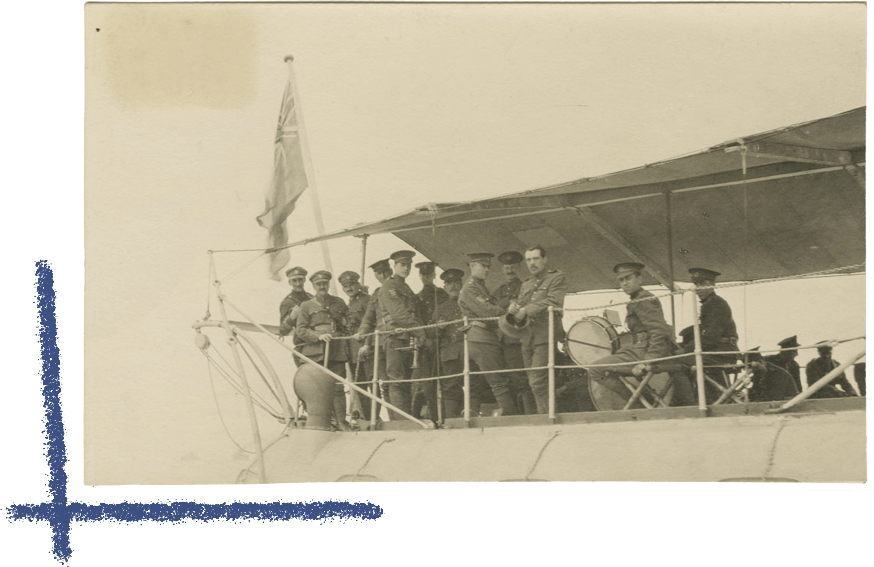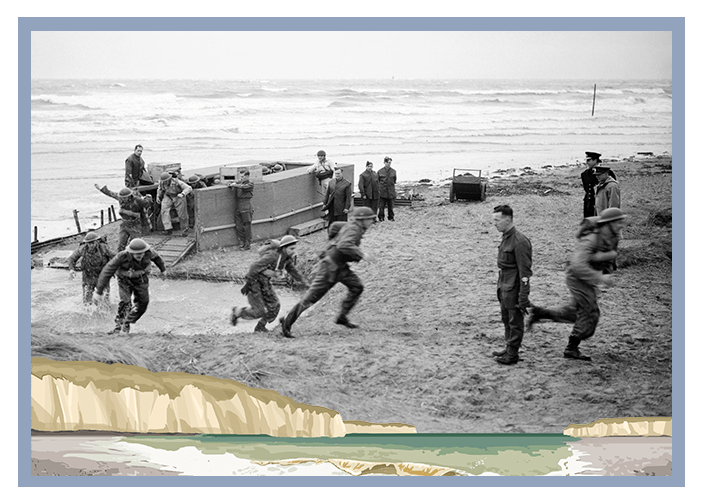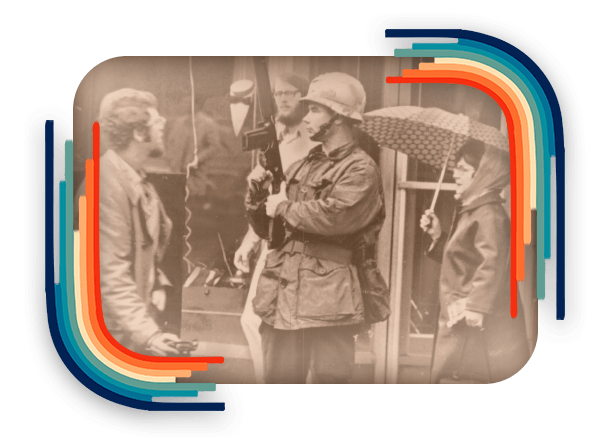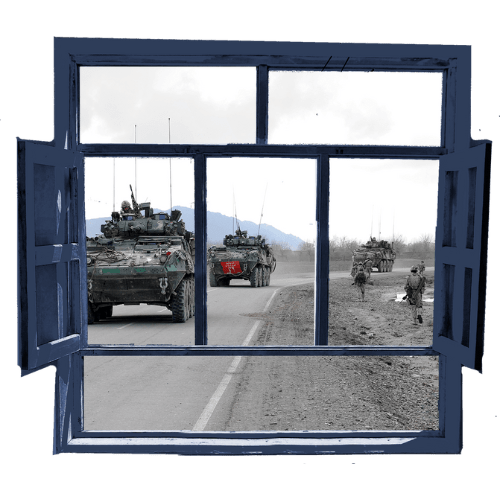The following activity is designed to help develop students’ digital media literacy skills. Media literacy is a crucial component to developing students critical thinking skills in an increasingly digitized world. The now-common phrase “fake news” has proliferated in popular culture and has increased the need to guide students as they decipher whether information on social media is credible or not and how it can be used to inform or deliberately deceive the reader.
This activity is divided in two parts. On the first section, we suggest a group brainstorming activity, through teacher guidance, on media biases for 15-20 minutes. This discussion is followed by an article analysis which can be individually by the students (25-30 minutes).
This activity was designed to accompany our Remembering Afghanistan exhibit. The exhibition is also available for free to your school by completing our reservation form.
Contents of the activity
As mentioned above, this activity is divided into two parts: group brainstorming and text analysis. For the first part, the teacher’s guide helps teachers to facilitate the brainstorming in class. It is divided into three themes:
- Definitions: Write the words “BIAS” and “PREJUDICE” on the board. In small groups, ask students to brainstorm on the meaning of the individual words and come up with synonyms. They can also give examples. Then ask them to answer the following question: what are the differences between the two words? Ask students to share their ideas.
- Deciphering Media Bias: Media can have ideological messages with social or political repercussions. Therefore, biased media can have a significant impact. How can this manifest itself in the news? Ask students to brainstorm on this question.
- Media bias repercussions: Ask students to give examples of how biased media can affect people’s thinking or have grave social consequences. For example, you can use this sentence as a point of discussion: “The news is used to inform people about what is going on in the world and it should be accurate because it can form people’s opinions of their governments and/or societies, influencing their vote. This can impact people’s choices and behaviours daily. We expect journalism to be conscious of this – is this realistic?”
For the second part, the teacher has each student choose one of the following three articles:
- “Not for nothing: The fight to improve human and women’s rights in Afghanistan”, Catherine Tsalikis, Open Canada, July 28, 2016
- “What Canada did – and did not – achieve in Afghanistan”, The Globe and Mail, March 14, 2014
- “Were the blood and treasure Canada spent in Afghanistan worth it? Ask a shattered soldier: Neil Macdonald”, CBC, September 11, 2017
Using the student guide, students then answer the questions individually. Note that the activity can also be collected for marking purposes. See the evaluation grid.
Activity objectives
The aim of this educational activity is to give Cycle 2 students a better understanding of Canada’s role in the Afghan War. In keeping with the Quebec Education Program, this activity develops knowledge related to International relations and the Canadian army missions abroad.
This activity also develops students’ knowledge of Quebec and Canadian history through the competencies promoted by the Quebec Education Program:
- Characterizes a period in the history of Quebec and Canada
- Interprets a social phenomenon
This activity is also adapted to the Contemporary World course, fitting in with the Tensions and Conflicts theme and promoting the following skills:
- Interprets a contemporary world problem
- Takes a position on a contemporary world issue
Activities you might also like

Tragedy at Sea: The Llandovery Castle
In this activity students will learn about the tragedy of Llandovery Castle. Students will use article analysis to understand the chaos of the attack and to understand the war crimes of the Germans as the case of Llandovery Castle later set a precedent in war crimes trials.

Guilty or Not? A Media Analysis
Guilty or not? Students will analyze primary and secondary source documents and decide who is to blame for the tragedy by creating a newspaper article based on real or invented facts. Students will then present their article and decide whether or not Lord Mountbatten is guilty of the Canadian tragedy in Dieppe.

Analyzing and Interpreting Sources
The aim of this activity is to give students the tools and rigor to research and analyze methodological sources. Students will have to research 3 different sources and analyze them using an interpretation tool based on historical method. The choice of sources must respect the historical reality of the 1970 October Crisis.

